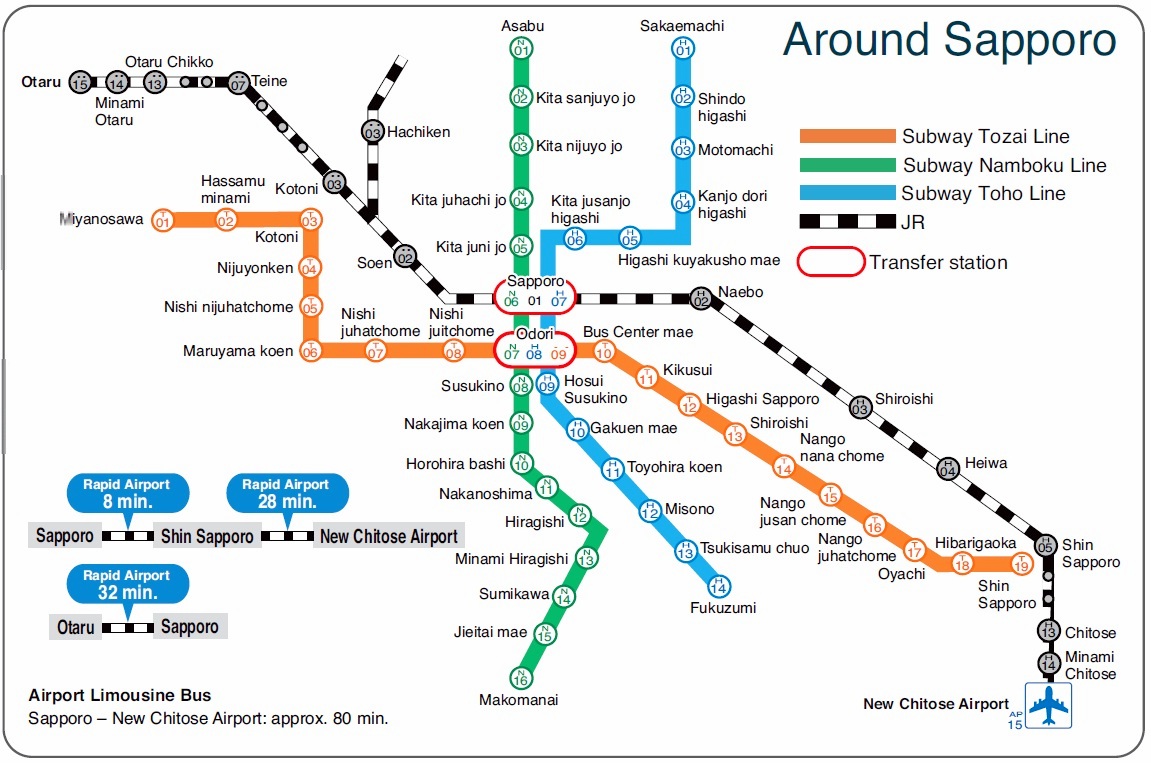Well about separating YUS into two lines don't quote me because I know next to zero about actual operations, but couldn't trains going North on University just use one platform and trains going North on Yonge use the other? With trains crossing over immediately upon exiting Union?
I've always thought YUS has the potential to be a loop if for example it was connected across at Sheppard and then the Northern sections were turned into separate lines, this could allow for a bunch of new connections though again from an operational standpoint I'm pretty sure this would make things even less reliable.
In reference to comparisons to other cities, I'm talking less about the density of lines and more about how line construction was prioritized, It appears that especially in London and Tokyo that orbital lines have been much more popular and this itself only leads to a more diverse set of destinations from development based around transit rather than a single core that all lines lead into.
Maybe a better example of what I was referring to can be found in Sydney a city which is pretty similar to Toronto in size. The network is significantly less dependent on one single line that's necessary to connect to every other line.






